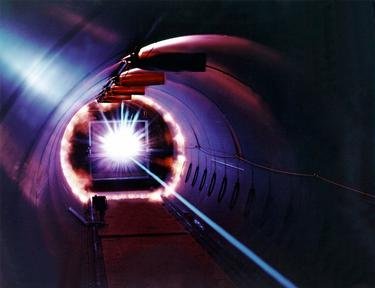Quiz Answer Key and Fun Facts
1. This scientist, credited with definitively discovering the presence of electrons in cathode rays, enrolled in Owens College, Manchester at the tender age of fourteen. Who was he?
2. Electrons emit this radiation whenever they move from a higher to a lower energy orbital. What type of radiation is it?
3. This particle is indistinguishable from the electron in every way, except that it has the opposite charge. What particle is it?
4. According to the Standard Model of particle physics, electrons belong to which grouping of subatomic particles?
5. How did Niels Bohr advance our early understanding of atomic structure?
6. Modern quantum mechanics has given us a picture of the atom in which electrons are viewed less like planets orbiting a star and more like what?
7. Cellular respiration and plant photosynthesis both employ ingenious biochemical pathways to harvest electrons. But what are these harvested electrons used for?
8. Approximately 377,000 years after the Big Bang, the early universe cooled enough to allow electrons and protons to form the first atoms. This process then allowed photons (electromagnetic radiation) to stream out in all directions and evidence for this event can be seen in which phenomenon?
9. Computer scientists are actively researching the commercial viability of spin electronics, or 'spintronics', because it represent a potentially significant advance over conventional electronics. Why is this?
10. Photomultipliers are devices which are able to convert photons into electrical signals. In the most sophisticated devices of the early twenty-first century, a single photon can be converted into how many high-speed electrons?
Source: Author
Butters999
This quiz was reviewed by FunTrivia editor
rossian before going online.
Any errors found in FunTrivia content are routinely corrected through our feedback system.


